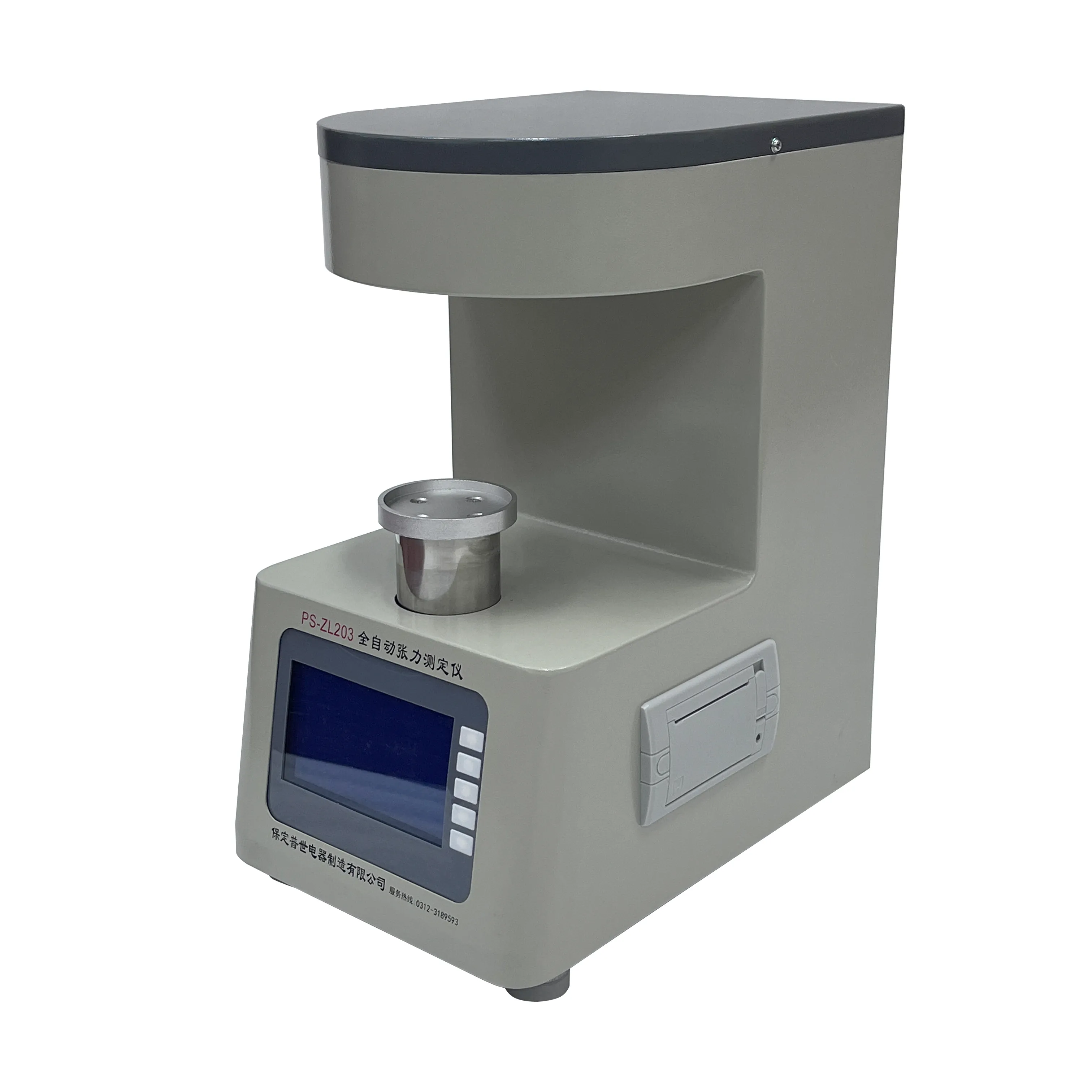 English
English


Advancements in Automated Gas Chromatography for Enhanced Analytical Precision and Efficiency
Automated Gas Chromatography Revolutionizing Analytical Chemistry
Gas chromatography (GC) has long been a cornerstone in analytical chemistry, allowing scientists to separate and analyze compounds within a mixture. The advent of automated gas chromatography has significantly enhanced the efficiency, accuracy, and reproducibility of these analyses, making it an essential tool in various fields including pharmaceuticals, environmental testing, and food safety.
Automated gas chromatography systems streamline the sample analysis process by incorporating advanced robotics and software that minimize human intervention. These systems can handle numerous samples sequentially, which significantly reduces the time required for analysis. Traditional manual methods are often labor-intensive and prone to human error, while automation ensures a consistently high level of precision and repeatability.
One of the key components of automated gas chromatography is the autosampler. This device automatically injects samples into the chromatograph, ensuring that each sample is analyzed under identical conditions. Modern autosamplers are equipped with cooling systems that preserve sample integrity, preventing degradation or contamination during the waiting period before analysis. As a result, laboratories can maintain higher throughput while simultaneously ensuring high-quality results.
automated gas chromatography

Another significant advantage of automated gas chromatography is data handling. These systems are typically connected to sophisticated software that not only controls the entire analytical process but also processes and interprets the results. This integration allows for real-time data analysis and easy generation of reports. By employing advanced algorithms, the software can identify compounds with remarkable accuracy, significantly speeding up the interpretation process compared to manual methods.
Moreover, automated gas chromatography can enhance the scope of analysis through enhanced sensitivity and resolution. Advanced detectors, such as mass spectrometers, are often coupled with GC systems, allowing for the detection of trace amounts of substances that would be undetectable by conventional methods. This capacity is crucial in fields like environmental monitoring, where regulators require stringent detection limits for pollutants.
The rise of automated systems also aligns with the increasing demand for rapid turnaround times in analytical testing. Industries are under constant pressure to produce results quickly due to regulatory requirements and market competition. Automated gas chromatography addresses these challenges effectively, delivering faster results without sacrificing accuracy or reliability.
In conclusion, automated gas chromatography represents a significant leap forward in analytic techniques. By reducing human error, increasing throughput, and improving data processing, these systems are making it possible to achieve results that were once thought to be unattainable. As technology continues to advance, the future of automated gas chromatography looks promising, with ongoing improvements likely to lead to even broader applications and enhancements in performance. Whether in pharmaceutical development, environmental analysis, or food safety testing, automated gas chromatography is poised to play a crucial role in ensuring quality and safety across industries.
-
Differences between open cup flash point tester and closed cup flash point testerNewsOct.31,2024
-
The Reliable Load Tap ChangerNewsOct.23,2024
-
The Essential Guide to Hipot TestersNewsOct.23,2024
-
The Digital Insulation TesterNewsOct.23,2024
-
The Best Earth Loop Impedance Tester for SaleNewsOct.23,2024
-
Tan Delta Tester--The Essential Tool for Electrical Insulation TestingNewsOct.23,2024





